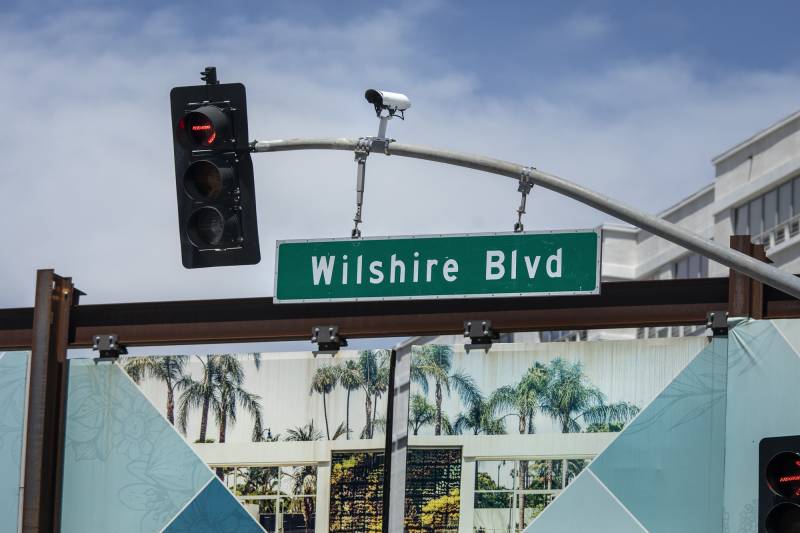An average of 30 people a year have died in traffic deaths since 2006 in San Francisco, according to data from Vision Zero SF, which advocates for and measures traffic safety in the city. In 2022, 39 people died while traveling on the streets of San Francisco. Mayor London Breed co-sponsored the legislation, which was authored by Assemblymember Laura Friedman (D-Glendale).
Across the Bay Area’s nine counties, more than 400 fatalities and 1,500 serious injuries occur on average each year, according to data from the Bay Area Vision Zero Working Group, a part of the region’s Metropolitan Transportation Commission.
Under AB 645, fines start at $50 for drivers speeding at least 11 miles per hour over the speed limit on specified city roads, and the fines can increase to up to $500 for traveling 100 miles per hour or more. Fines can be reduced if someone is unable to pay, and cities can offer community service alternatives.
The pilot program would run until Jan. 1, 2032, and data and outcomes would be used to determine whether it should move forward. Highways would not be included in the pilot programs.
For the first 30 days of the program’s rollout, cities would be required to issue warnings rather than fines. Cities would also be required to track outcomes and install additional so-called traffic-calming measures if speeding does not decrease by at least 20% in the first 18 months of the pilot.
Those additional changes could include adding bike lanes, media islands, roundabouts or curb extensions, and funding from the citations must be used for those types of developments.
Rosenberg said it should be the other way around.
